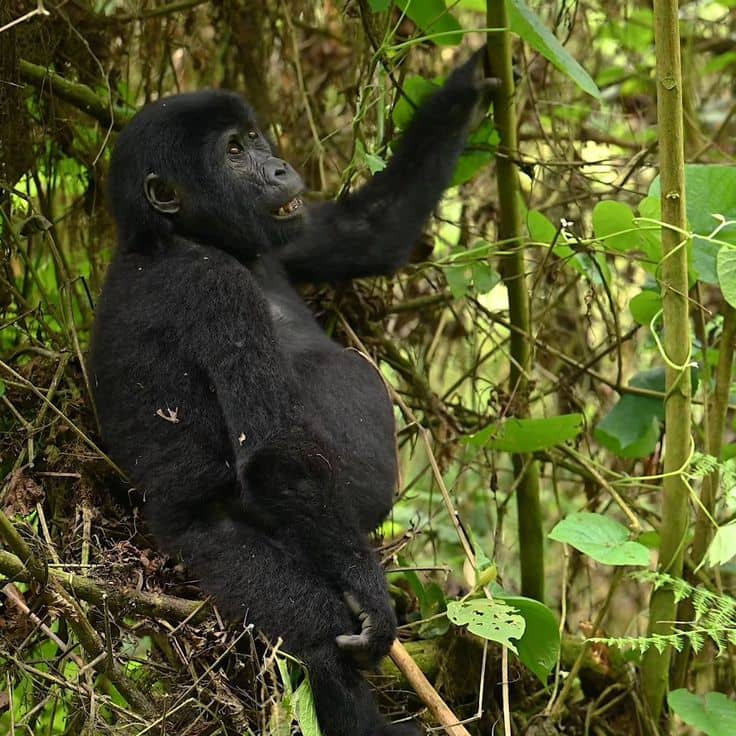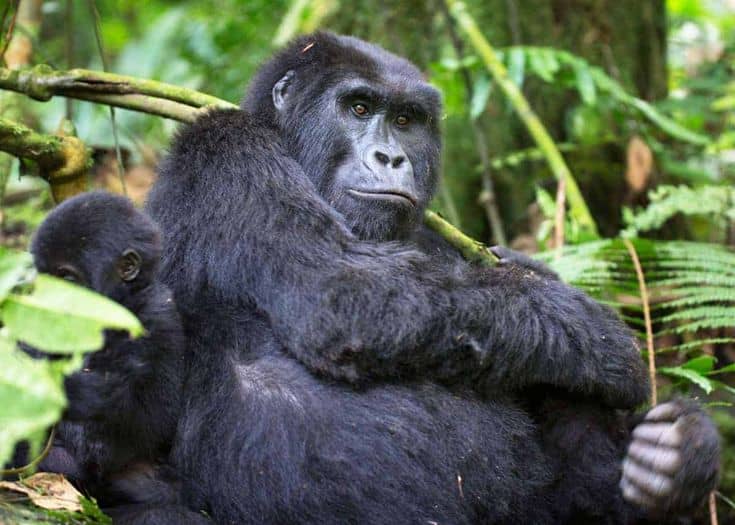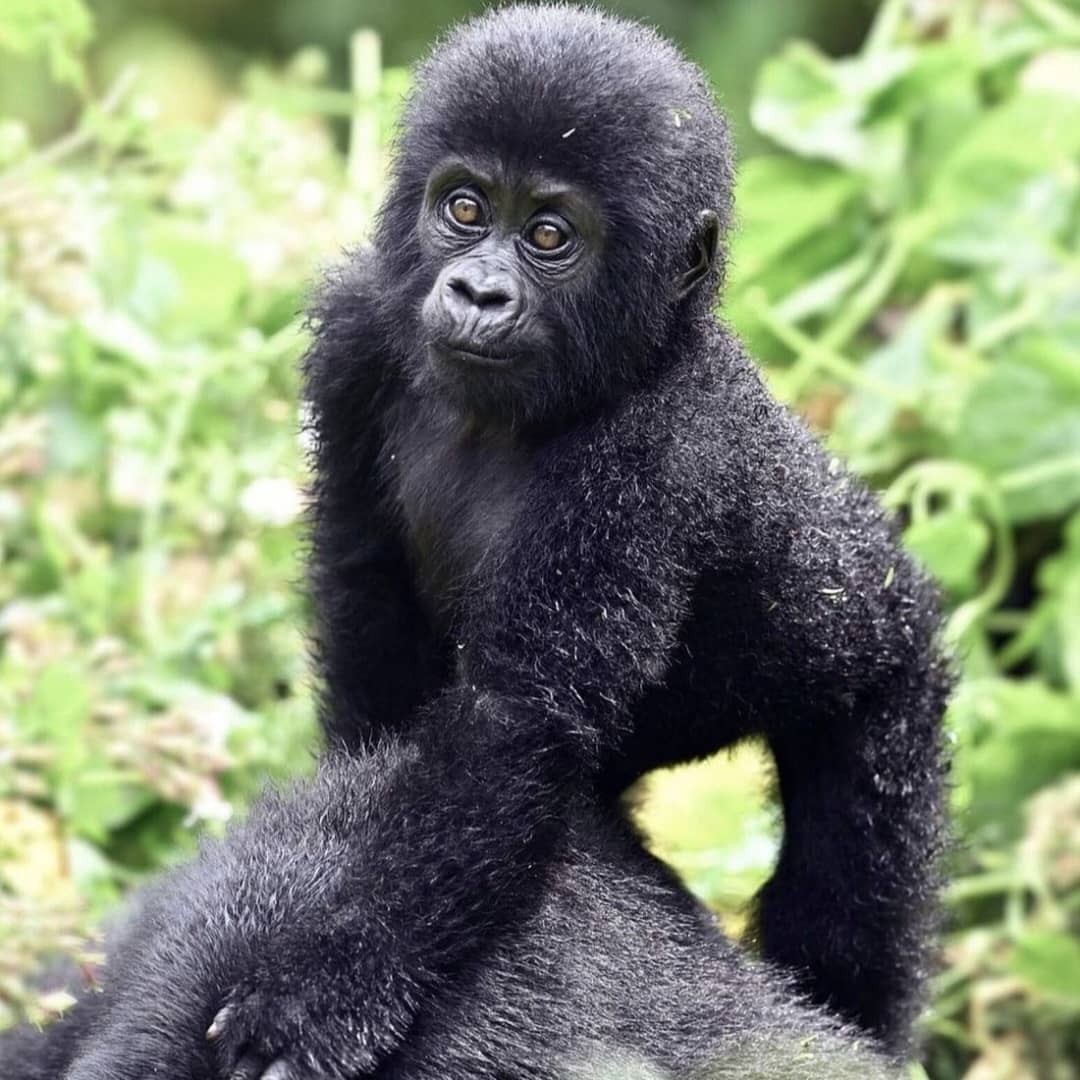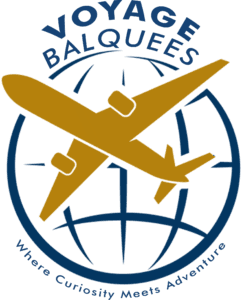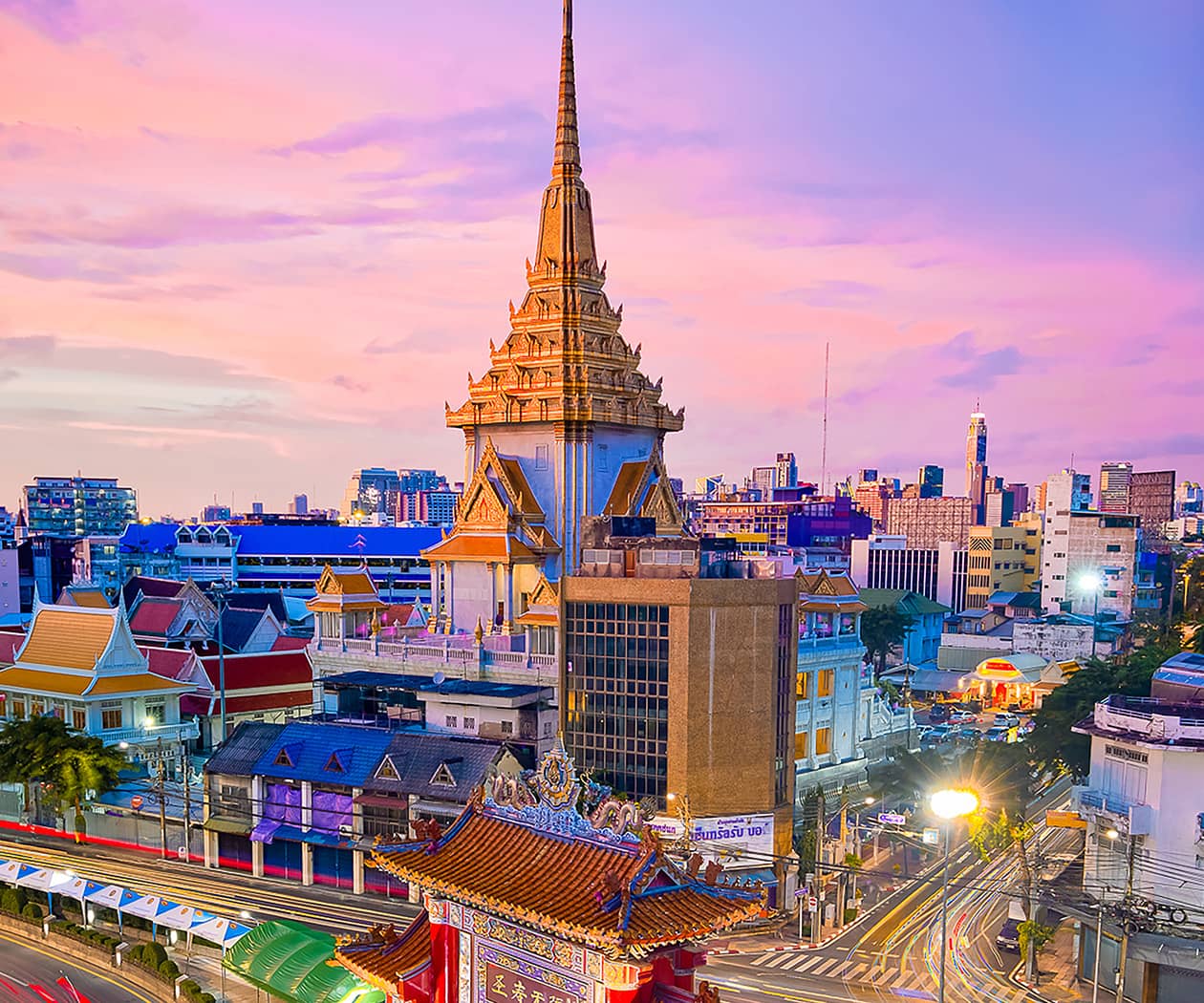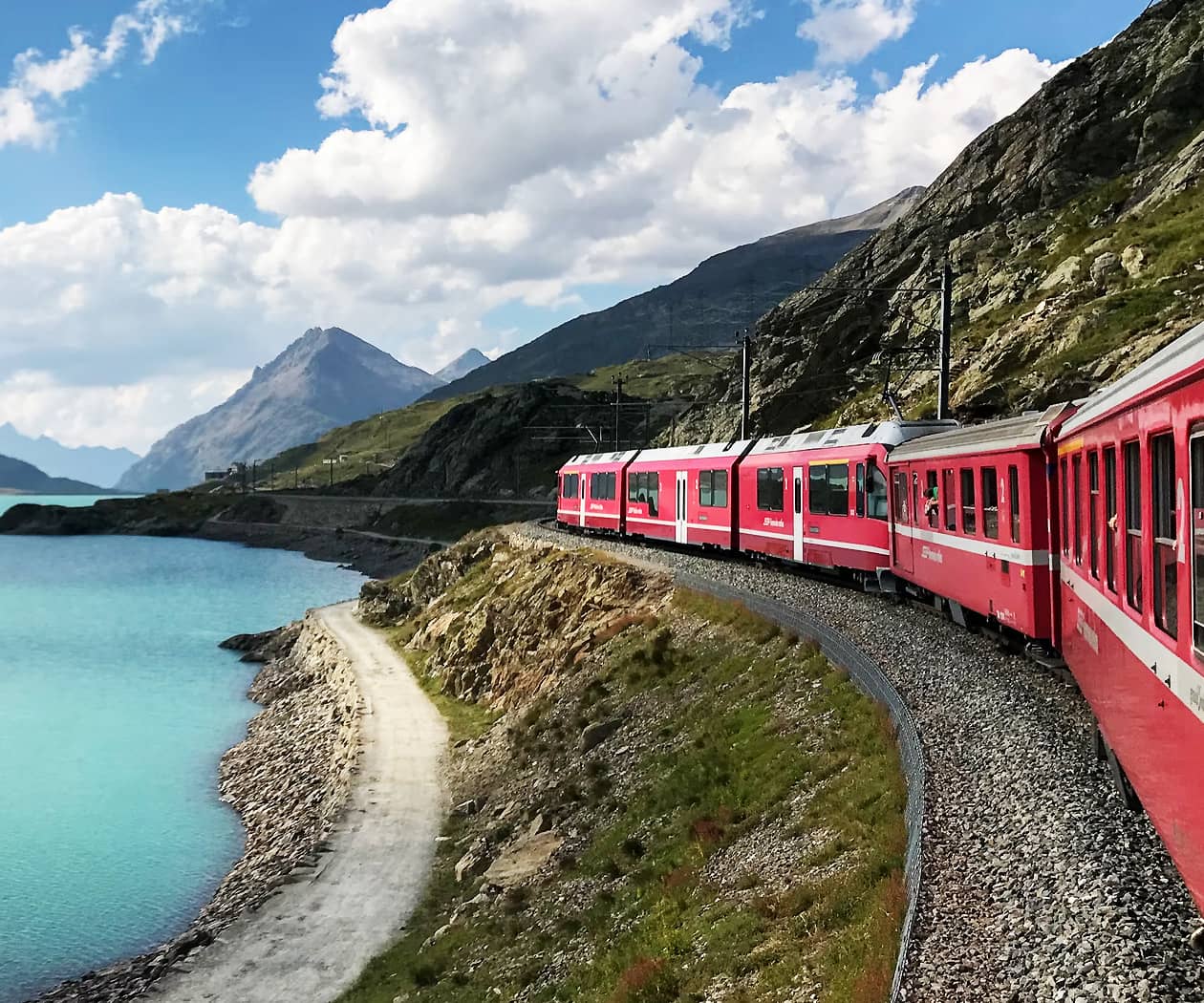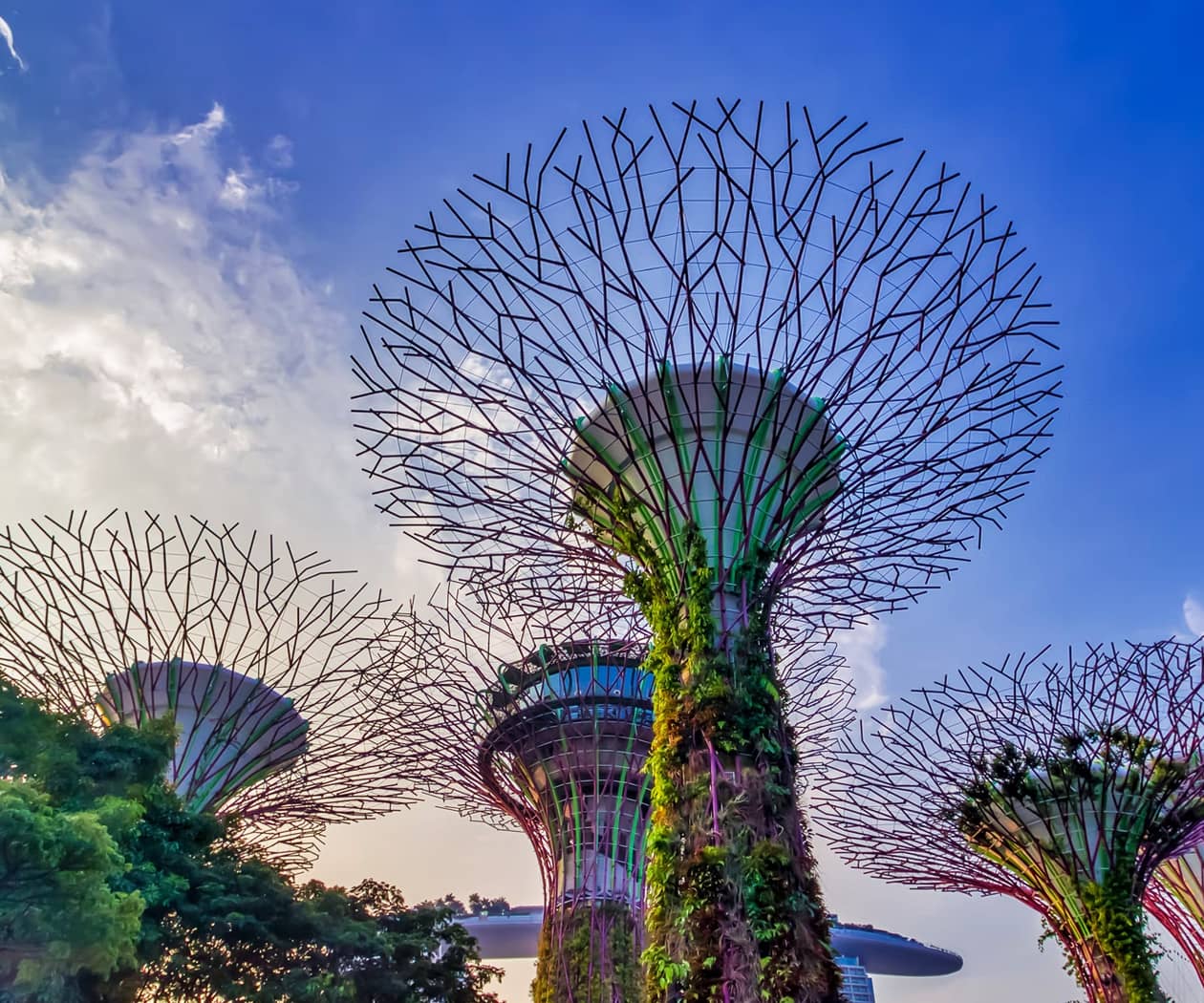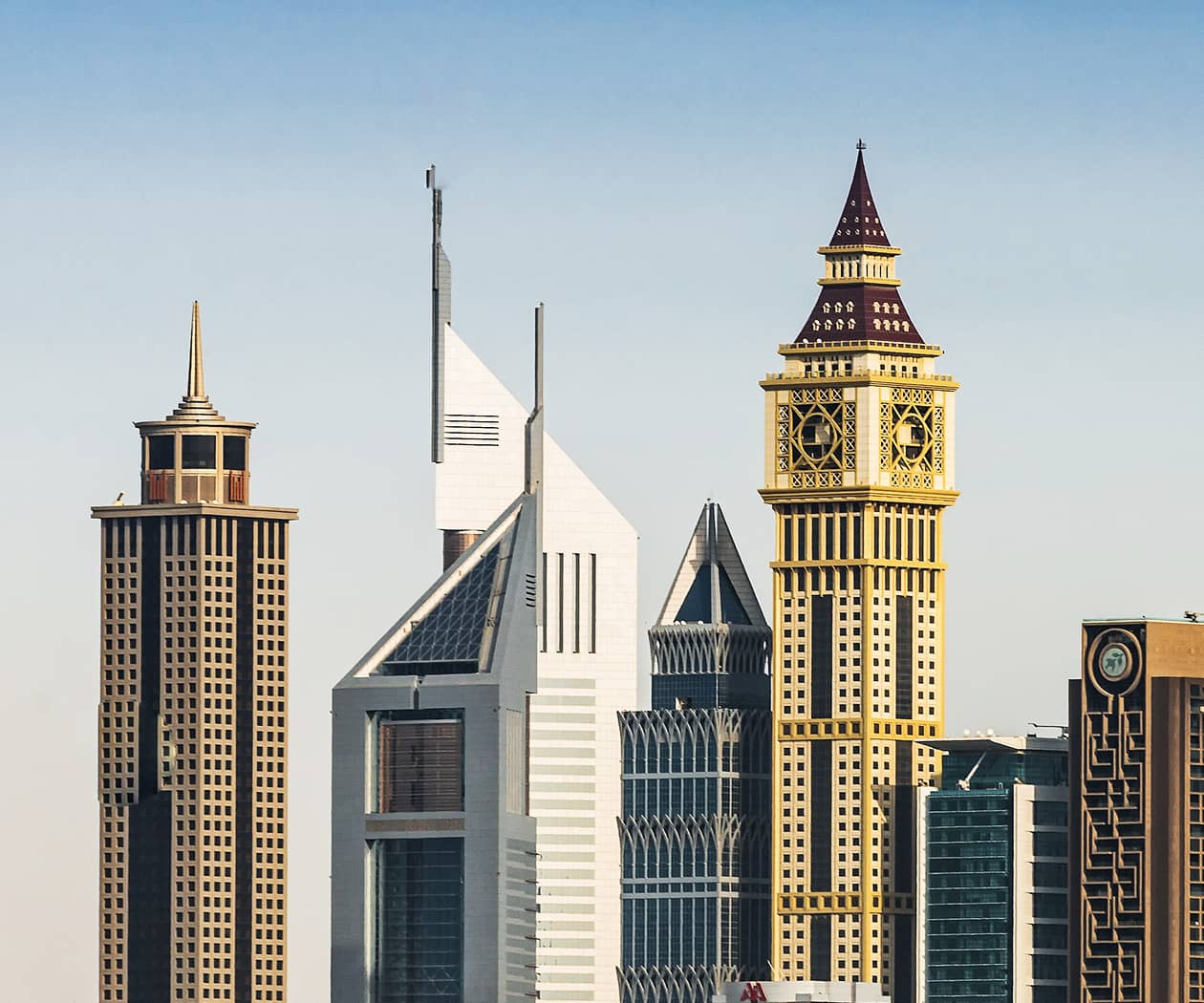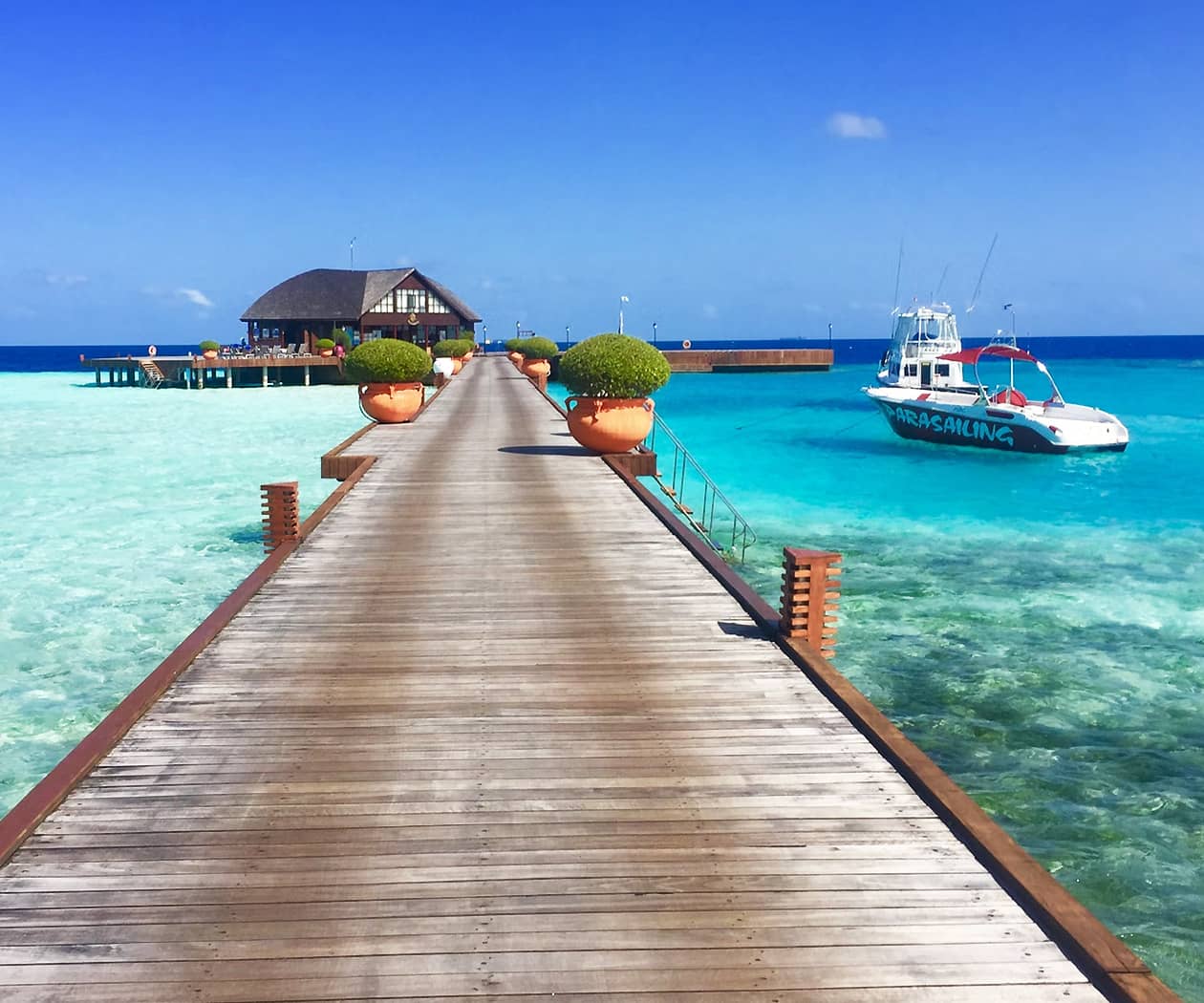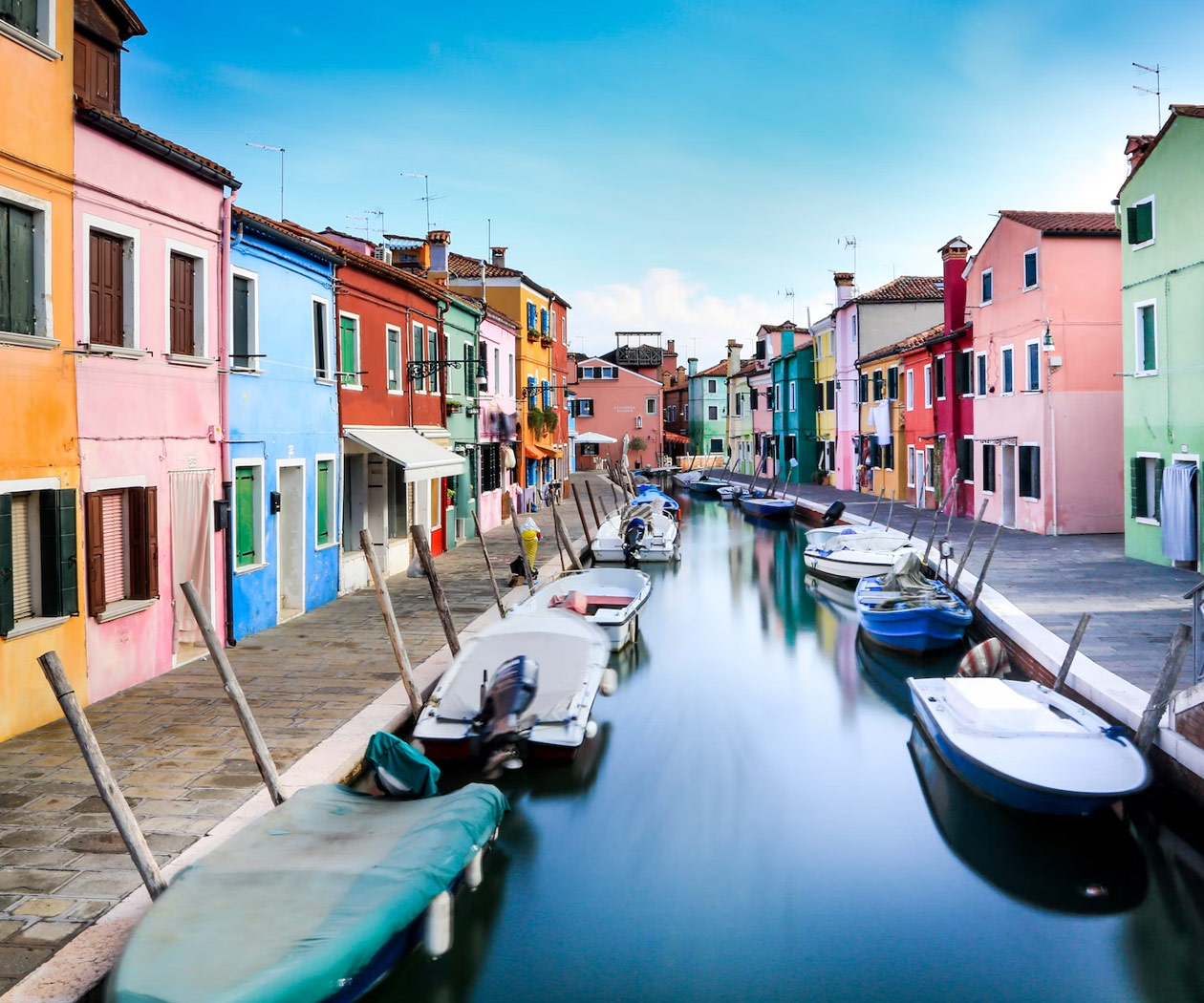The Best Photography Gear for Gorilla Trekking
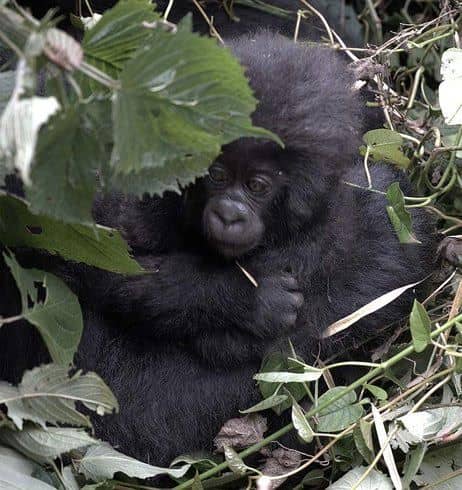
Few wildlife experiences compare to coming face-to-face with mountain gorillas in their natural habitat. For photographers, this once-in-a-lifetime opportunity demands careful preparation. The Best Photography Gear for Gorilla Trekking can make the difference between blurry snapshots and breathtaking images you’ll treasure forever. This comprehensive guide covers essential cameras, lenses, accessories, and pro tips to help you document your Ugandan adventure like a professional.
Why Specialized Gear Matters for Gorilla Photography
Gorilla trekking presents unique challenges:
-
Low light conditions in dense rainforests
-
Fast-moving subjects in unpredictable environments
-
Strict distance requirements (7-meter minimum)
-
Humid, muddy conditions that test equipment durability
Investing in The Best Photography Gear for Gorilla Trekking ensures you:
Capture sharp images despite movement
Work effectively in challenging light
Protect equipment from the elements
Comply with park regulations
Tell a complete visual story of your journey
1. Camera Bodies: Choosing Your Perfect Tool
DSLR vs Mirrorless
-
DSLRs (Canon 5D Mark IV, Nikon D850)
-
Pros: Excellent battery life, optical viewfinder
-
Cons: Heavier, louder shutter noise
-
-
Mirrorless (Sony A7IV, Canon R5)
-
Pros: Silent shooting, in-body stabilization
-
Cons: Shorter battery life in the field
-
Essential Features:
-
Weather sealing
-
High ISO performance (up to 6400+)
-
Fast continuous shooting (6+ fps)
-
Silent shutter mode
2. Lenses: Getting Close While Staying Distant
Prime vs Zoom
-
70-200mm f/2.8 (Ideal versatile choice)
-
100-400mm (Extra reach for shy gorillas)
-
24-70mm (For environmental portraits)
Pro Tip: A fast aperture (f/2.8-f/4) is crucial for separating subjects from busy backgrounds in low light.
3. Must-Have Accessories for Gorilla Trekking
-
Rain Protection
-
Lenscoat rain covers
-
Silica gel packs
-
-
Support Systems
-
Monopod (easier than tripods on trails)
-
Bean bag for resting on logs
-
-
Power Solutions
-
3+ batteries (charging may be limited)
-
Solar-powered battery charger
-
-
Cleaning Kit
-
Microfiber cloths
-
Lens pen
-
Air blower
-
4. Camera Settings for Perfect Gorilla Shots
Recommended Starting Points:
-
Aperture Priority Mode (Control depth of field)
-
ISO 800-3200 (Adjust for canopy cover)
-
1/500s or faster shutter (Freeze movement)
-
Back-button focus (For unpredictable action)
-
Continuous AF (Track moving subjects)
Special Consideration: Set camera to silent mode to avoid disturbing gorillas.
5. Packing Strategy: Balancing Gear and Mobility
The 3-Layer System:
-
Protective Layer (Dry bag inside backpack)
-
Quick-Access Layer (Chest harness or hip bag)
-
Security Layer (Lens caps, padded dividers)
Weight Limit: Aim for ≤12kg total camera gear to maintain trekking comfort.
Pro Photography Tips for Gorilla Encounters
-
Focus on Eyes – They convey emotion and connection
-
Shoot Vertical – Better for gorilla portraits
-
Capture Behavior – Grooming, feeding, family interactions
-
Include Environment – Show the lush rainforest context
-
Respect the Moment – Sometimes the best camera is your eyes
Ethical Considerations for Wildlife Photography
While selecting The Best Photography Gear for Gorilla Trekking in either Bwindi or Mgahinga Park, remember:
-
Never use flash
-
Maintain required distances
-
Follow guide instructions immediately
-
Avoid disturbing natural behaviors
-
Share images to support conservation
Final Checklist: The Best Photography Gear for Gorilla Trekking
Weather-sealed camera body
70-200mm or 100-400mm lens
Lens rain cover
3+ batteries
Large capacity memory cards
Silent shooting mode enabled
Quick-dry camera strap
Cleaning supplies
By packing The Best Photography Gear for Gorilla Trekking, you’ll return home with stunning images that do justice to this profound wildlife experience. Remember that while equipment matters, nothing replaces patience, respect for the animals, and being present in the moment.
Ready to capture your adventure? Double-check your gear list and prepare for the photographic journey of a lifetime!
